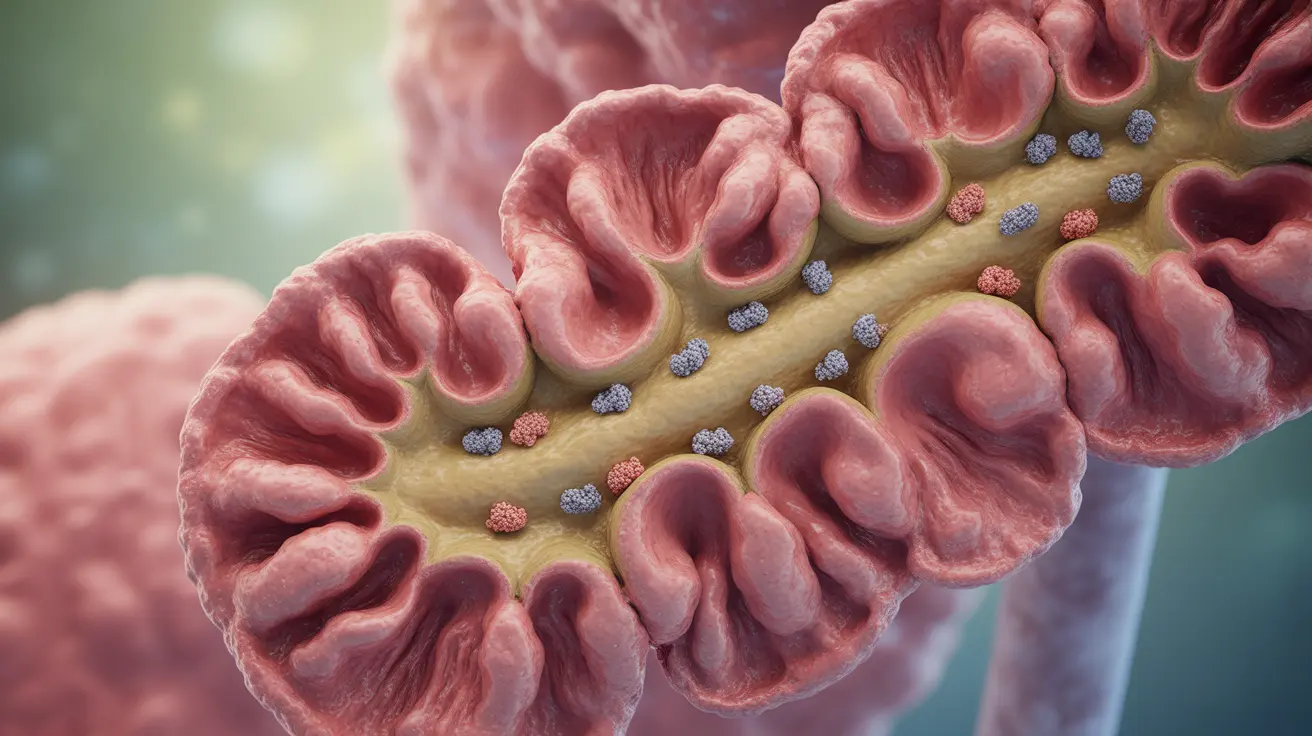Fanconi syndrome is a rare kidney disorder that affects the proximal tubules, causing important nutrients and substances to be lost through urine instead of being reabsorbed into the bloodstream. This complex condition can significantly impact a person's health and requires careful medical management to prevent complications.
While Fanconi syndrome can be inherited or acquired, understanding its mechanisms, symptoms, and treatment options is crucial for both healthcare providers and patients. This comprehensive guide explores the key aspects of this kidney disorder and current approaches to its management.
What is Fanconi Syndrome?
Fanconi syndrome occurs when the kidney's proximal tubules fail to properly reabsorb various substances, including glucose, amino acids, phosphate, and bicarbonate. This malfunction leads to these essential compounds being excreted in urine rather than returned to the bloodstream where they're needed for various bodily functions.
Primary Causes and Risk Factors
Inherited Forms
Some people are born with genetic mutations that cause Fanconi syndrome. These inherited forms can be associated with other genetic conditions, including:
- Cystinosis
- Wilson disease
- Glycogen storage diseases
- Tyrosinemia type 1
Acquired Forms
Fanconi syndrome can also develop later in life due to various factors:
- Heavy metal exposure (lead, mercury, cadmium)
- Certain medications (especially some HIV drugs and chemotherapy)
- Kidney transplant complications
- Multiple myeloma
- Light chain disease
Signs and Symptoms
The symptoms of Fanconi syndrome can vary in severity but typically include:
- Excessive thirst and frequent urination
- Bone pain and weakness
- Muscle weakness
- Growth delays in children
- Fatigue and weakness
- Dehydration
- Electrolyte imbalances
Diagnostic Approach
Diagnosing Fanconi syndrome involves several key tests and examinations:
- Comprehensive urine analysis
- Blood tests for electrolyte levels
- Genetic testing (for inherited forms)
- Kidney function tests
- Bone density scans
Treatment Strategies
Treatment for Fanconi syndrome focuses on addressing both the underlying cause and managing symptoms. The approach typically includes:
Supplementation Therapy
- Phosphate supplements
- Vitamin D supplements
- Bicarbonate replacement
- Potassium supplements
Lifestyle Modifications
Patients may need to make certain lifestyle adjustments, including:
- Regular monitoring of fluid intake
- Dietary modifications
- Regular exercise within limitations
- Frequent medical check-ups
Long-term Management
Managing Fanconi syndrome is typically a long-term process that requires ongoing medical supervision and may need adjustment of treatments as the condition progresses or changes.
Frequently Asked Questions
- What are the main symptoms of Fanconi syndrome and how does it affect the body?
Fanconi syndrome primarily affects the kidneys' ability to reabsorb important substances, leading to symptoms such as excessive thirst, frequent urination, bone pain, muscle weakness, and growth problems in children. The condition affects the body by causing loss of essential nutrients and minerals through urine.
- How is Fanconi syndrome typically diagnosed, and what are the key tests used?
Diagnosis typically involves comprehensive urine analysis, blood tests for electrolyte levels, genetic testing (in suspected inherited cases), and kidney function tests. Doctors may also perform bone density scans to assess any impact on bone health.
- What are the treatment options for Fanconi syndrome, and how effective are they?
Treatment options include supplementation of lost substances (phosphate, vitamin D, bicarbonate, and potassium), treating underlying causes when possible, and lifestyle modifications. The effectiveness varies depending on the cause and individual response, but many patients show improvement with proper management.
- Can Fanconi syndrome be caused by certain medications or environmental factors?
Yes, Fanconi syndrome can be acquired through exposure to certain medications (particularly some HIV drugs and chemotherapy medications), heavy metals (lead, mercury, cadmium), and other environmental toxins. Some cases are also associated with kidney transplant complications.
- What are the long-term complications and outlook for someone living with Fanconi syndrome?
Long-term complications may include bone disorders, growth problems, and kidney damage if left untreated. The outlook varies depending on the underlying cause, timing of diagnosis, and treatment adherence. With proper medical management, many patients can maintain a good quality of life, though ongoing monitoring is essential.




